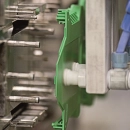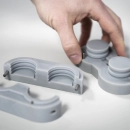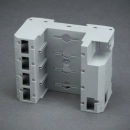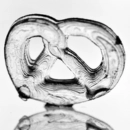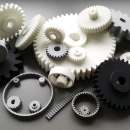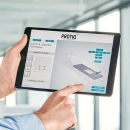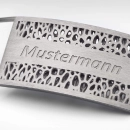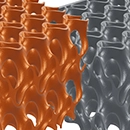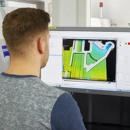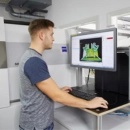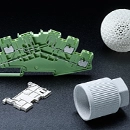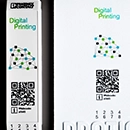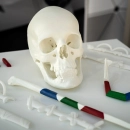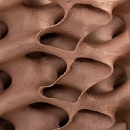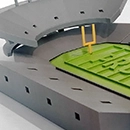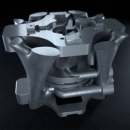Input file
In the world of 3D printing, the input file is of central importance as it contains the digital 3D model that is to be printed. This file forms the basis of the entire printing process and determines the final physical object that will be created. The model is often saved in formats such as STL (Stereolithography), OBJ or AMF (Additive Manufacturing File Format), with STL being one of the most widely used formats.
A good 3D model must meet specific requirements in order to be printable. This includes the model having a closed, watertight surface to ensure that printing can take place without inconsistencies in the geometry. Errors such as non-manifold edges or open surfaces can disrupt the printing process and must be rectified before the start. Many users use special software tools to carry out preliminary checks of the model and make corrections if necessary.
As soon as the model has been converted into a compatible format, it is imported into slicing software. This software converts the 3D model into slice data that the printer can process. During the slicing process, parameters such as layer height, fill density and speeds are defined, which have a significant influence on the final print result. The input file is therefore not just a simple 3D model, but a complex digital template that orchestrates the entire 3D printing process and determines the quality and properties of the finished object.



 Deutsch
Deutsch English
English Italiano
Italiano


